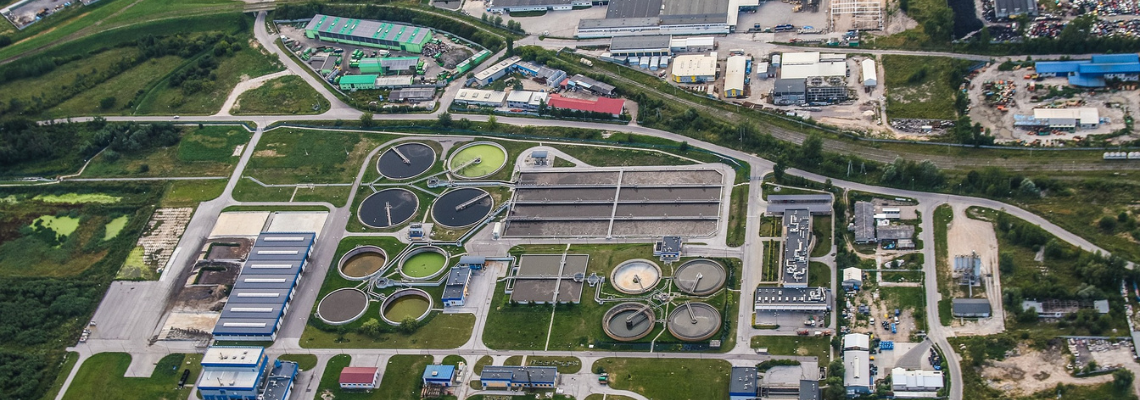Wastewater treatment plants releasing more methane than previously thought

Scientists at the University of Princeton have discovered that municipal wastewater treatment plants are releasing nearly double the amount of methane into the atmosphere than previously believed.
The university carried out two studies: one which performed on-the-ground methane emissions measurements at 63 wastewater treatment plants in the United States, the other which used machine learning methods to analyse published literature data from methane monitoring studies of various wastewater collection and treatment processes around the globe.
The Intergovernmental Panel on Climate Change (IPCC) produces established guidelines
that allow researchers and institutions like the US Environmental Protection Agency (EPA) to estimate methane emissions from wastewater treatment plants based on their specific treatment processes. Yet, the guidelines were developed from limited measurements at a relatively small number of wastewater treatment plants and researchers believe they might not accurately represent the variation in emissions that exists between facilities.
“Wastewater treatment plants equipped with anaerobic digesters were among the biggest methane leakers.”
Mark Zondlo, professor of civil and environmental engineering and associated faculty at the Adlinger Centre for Energy and Environment led one of the studies.
“The waste sector is one of the largest anthropogenic sources of methane in the world,” he said. “As cities continue to urbanise and develop net-zero plans, they can’t ignore the liquid wastewater treatment sector.”
Methane and its effect on the environment
A lesser-known but equally potent greenhouse gas, methane, has been increasingly scrutinized by experts due to its adverse environmental effects. As a major contributor to the greenhouse effect, methane plays a significant role in exacerbating global temperature rise with potential consequences for ecosystems, human health, and economies.
Methane has a much shorter atmospheric lifetime compared to carbon dioxide, but its warming potential is significantly higher. Over a 20-year period, methane is estimated to have a global warming potential of around 84 times that of carbon dioxide. Methane's potency decreases over time, but even on a 100-year scale, its global warming potential remains about 28 times greater. These startling statistics highlight the need for concerted efforts to address methane emissions and mitigate their effects on the environment.
The worst wastewater culprits
Postdoctoral researcher in civil and environmental engineering at Princeton, Cuihong Song, said wastewater treatment plants equipped with anaerobic digesters were among the biggest methane leakers.
Anaerobic digestion is an effective and sustainable method for treating organic waste in wastewater treatment plants. It works through the use of bacteria specially adapted to work in oxygen-free environments breaking down the organic contents creating methane-rich biogas and residual solids. The biogas can then be captured and used to create energy, while the solids are further treated or often used as a fertiliser.
However, when anaerobic digesters operate inefficiently, leaks and pressure buildups can allow methane to escape as fugitive emissions. “If the digester is not gas-tight, you can end up with high methane emissions,” Song added.
Tackling methane emissions
The researchers are collaborating with partners to craft a methodolgy for businesses to seamlessly track their methane emissions. By unveiling the prime culprits behind methane emissions within the wastewater treatment process, they hope to pave the way to cutting them. However, more work is needed to monitor methane emissions at various timescales from treatment plants and sewer networks of different sizes and treatment processes, the researchers added.
Zondlo said: “We need to have a full accounting of the emissions from plants across many timescales. Few studies have performed long-term, continuous monitoring of methane emissions from wastewater treatment plants, even though the emissions rate can vary daily or even seasonally, being generally higher in the spring and summer than in the winter.
“Preliminary analyses of subsequent measurements from additional plants at various times of the year have highlighted the importance of understanding seasonal variation in emissions,” he adds.


